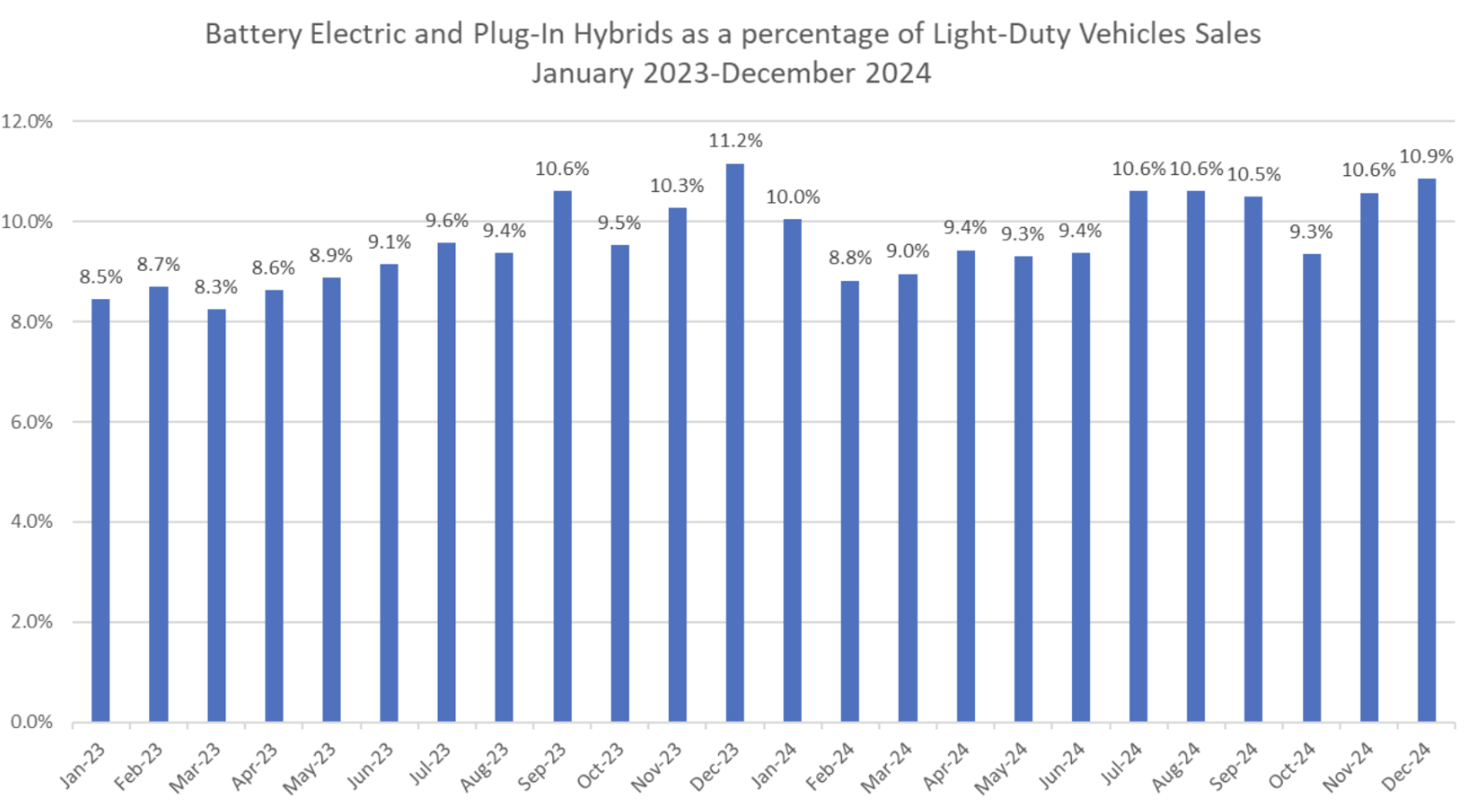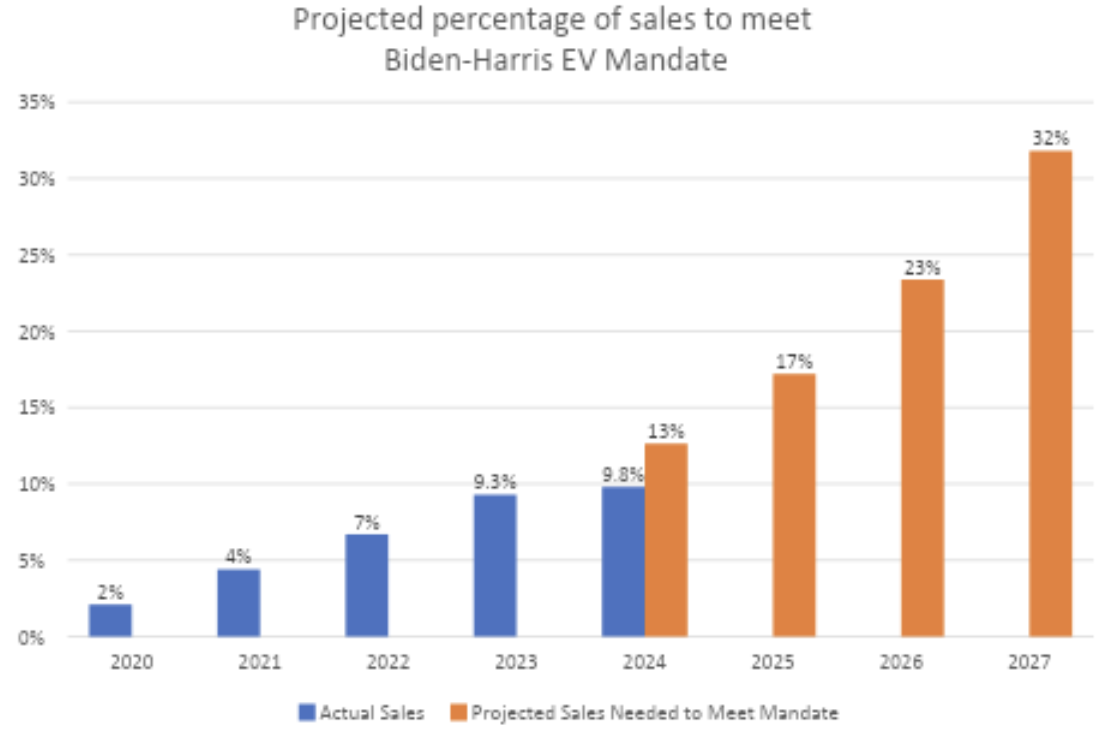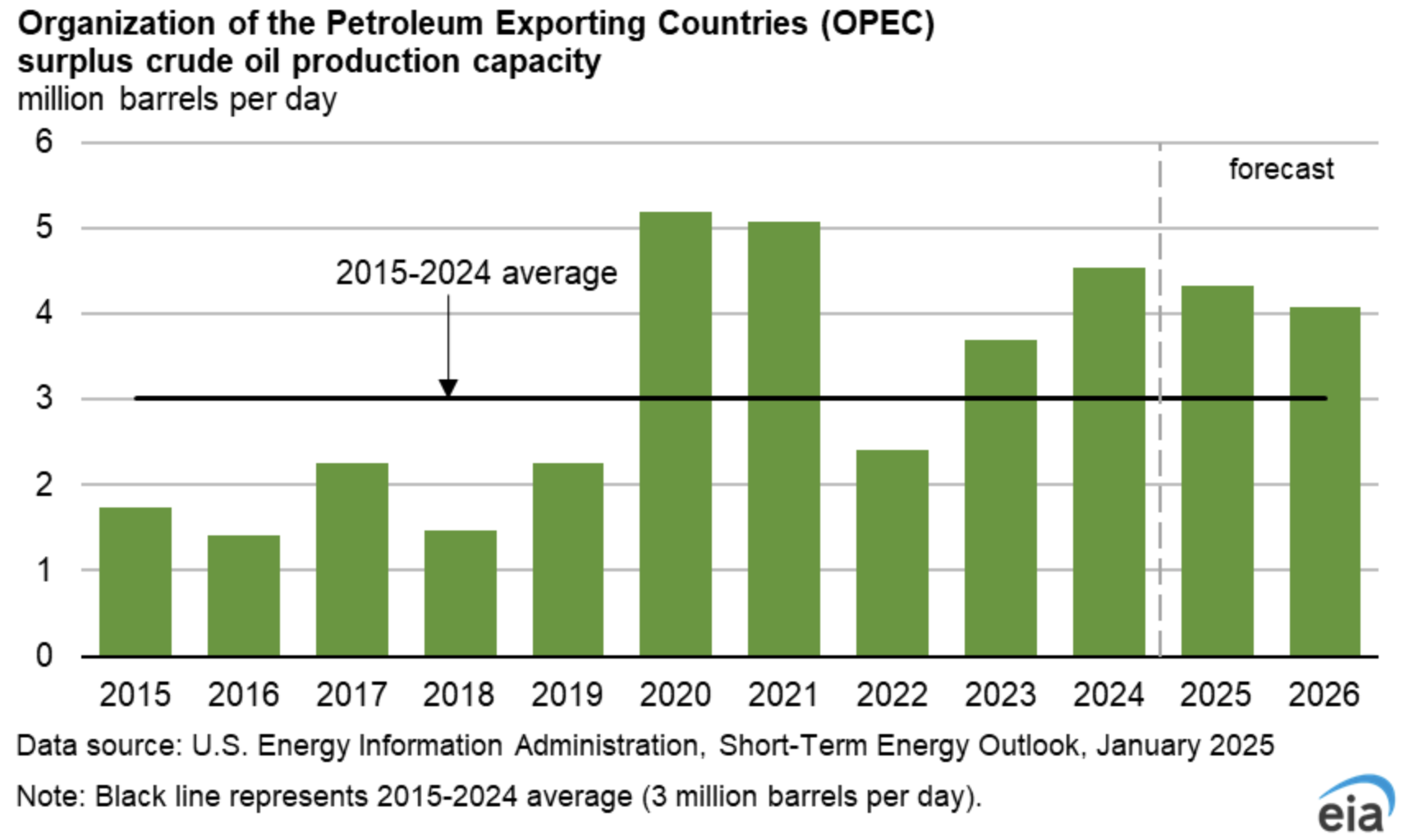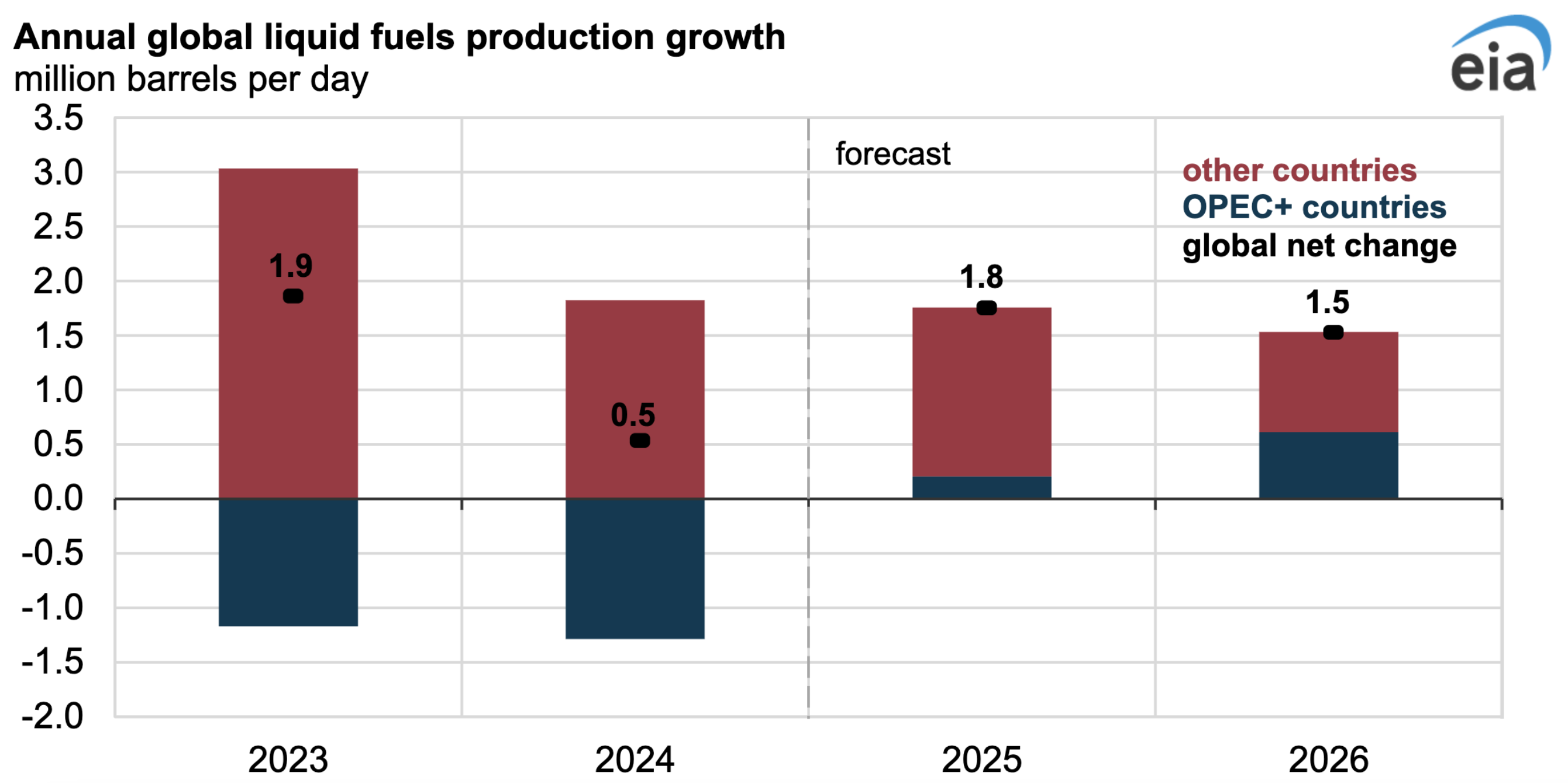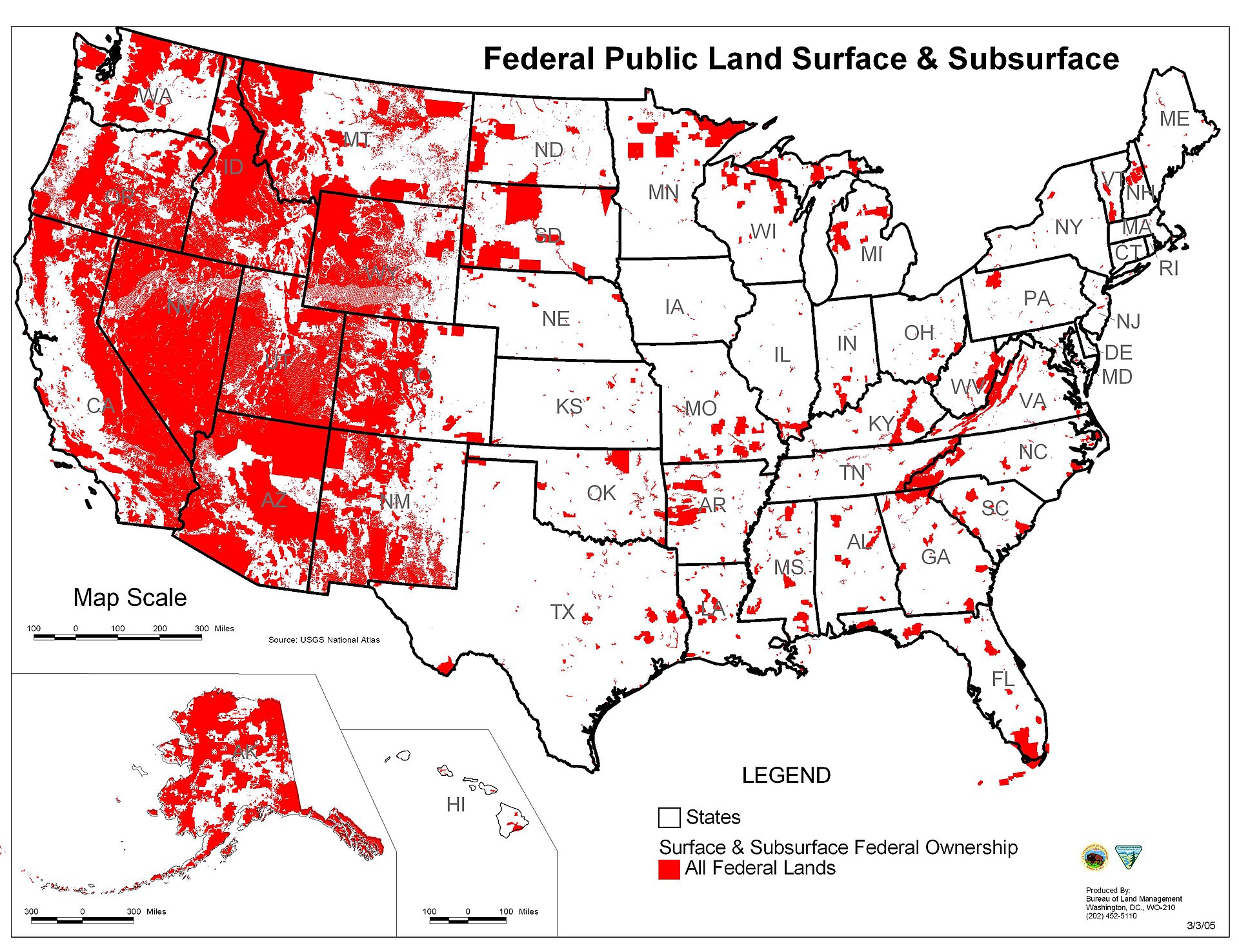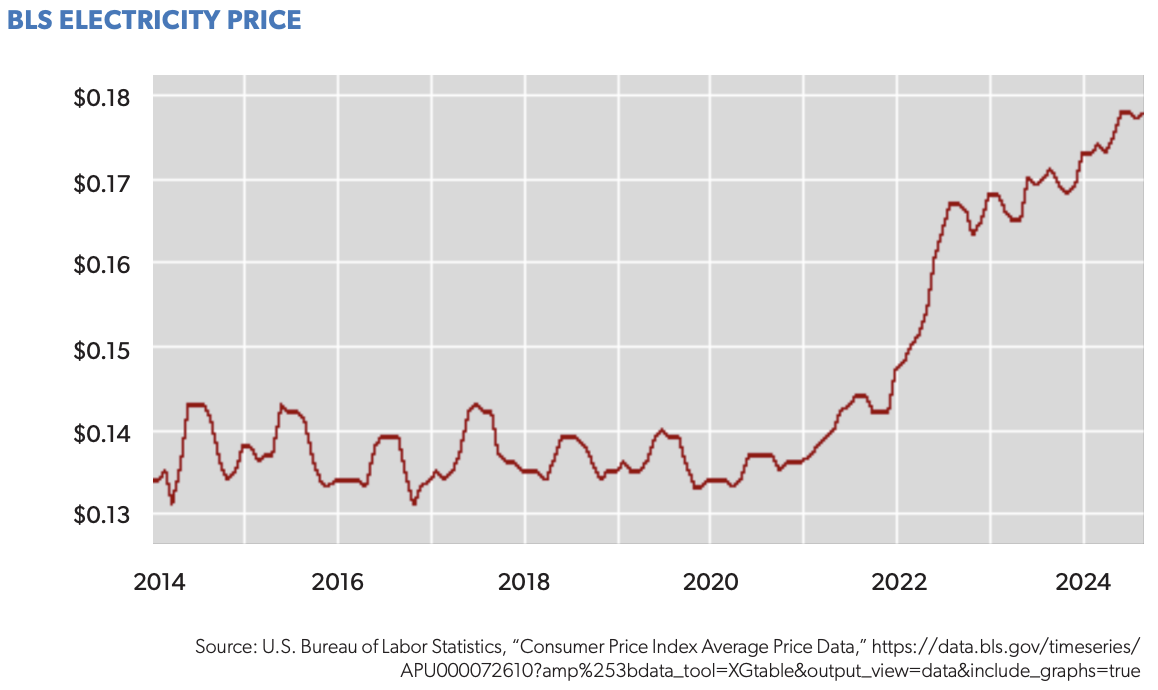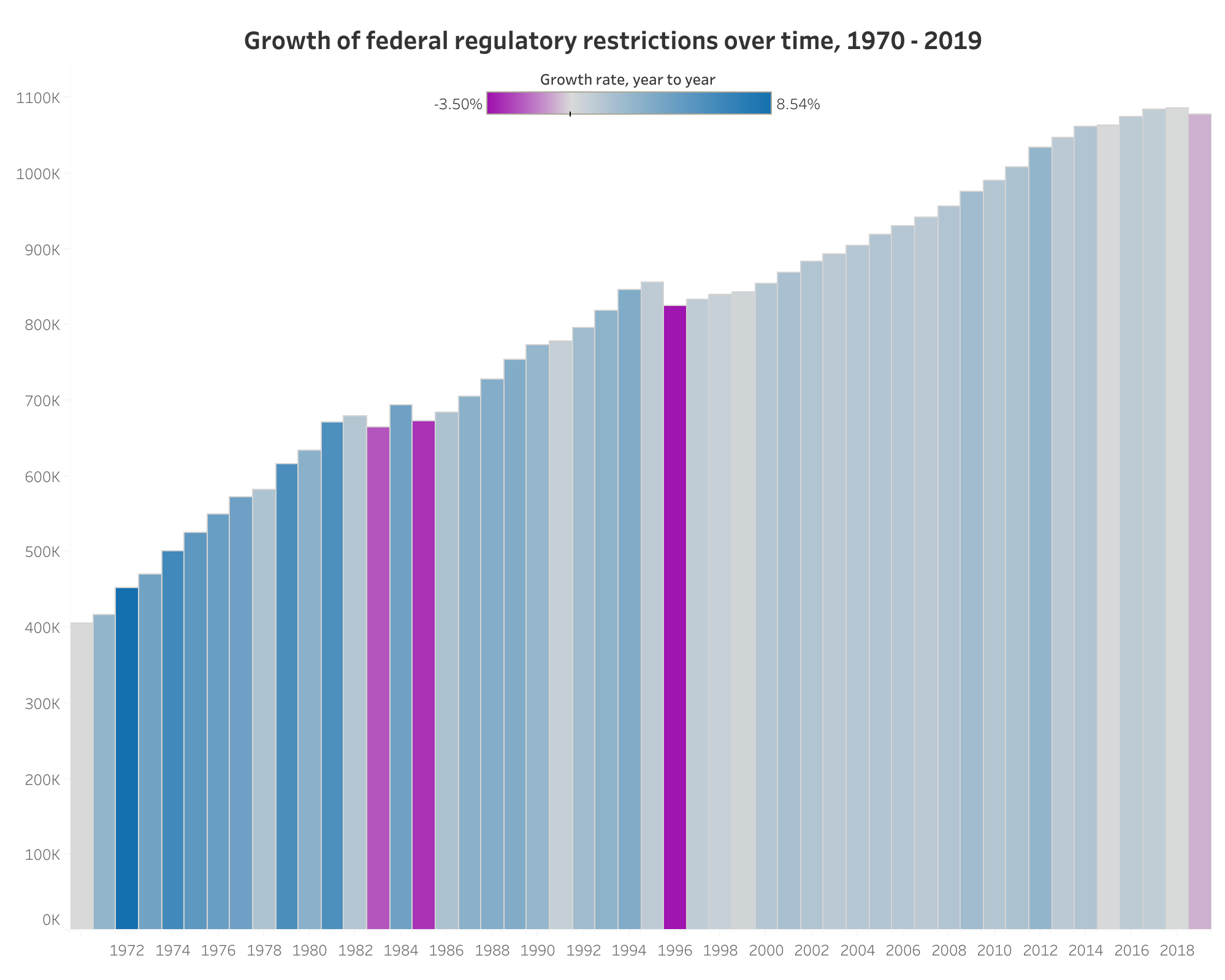Chinese artificial intelligence (AI) company DeepSeek is challenging conclusions about future electricity demand from AI data centers. DeepSeek has produced an AI model that appears to use a smaller amount of energy than U.S. models, which has made some analysts indicate that the surging predictions of electricity demand from AI should be reevaluated. Since AI is set to drive the majority of electricity demand growth in the next decade, lower demand predictions from AI could affect the number of new power plants in the United States.
DeepSeek is owned by the Chinese stock trading firm High-Flyer, and its app appears to have similar functionality as OpenAI’s ChatGPT chatbot. According to DeepSeek, its model uses roughly 10 to 40 times less energy than similar U.S. AI technology, depending on the task. A Nature paper also reported that DeepSeek required about 11 times fewer computing resources than a similar one from Meta. The company also claims it uses about an eighth of the computer chips needed to power other AI systems. It is also cheaper for users, costing some 95% less than OpenAI and its competitors. Some of these claims have yet to be substantiated. Meanwhile, the claims have significantly impacted the stock values of various companies in industries such as tech, AI, energy, and others.
The Lawrence Berkeley National Laboratory has predicted that AI-driven data centers could account for 12 percent of U.S. electricity demand by 2028. However, projections vary depending on assumptions about the underlying technology. For DeepSeek to cause a significant change in future electricity demand, there would have to be a mass switching away from existing AI models, including by major corporations, and they would need to be willing to tie their private data to a Chinese company. Experts have noted that data provided to DeepSeek could be stored and subject to surveillance under Chinese law. Deepseek’s models are also constrained by China’s restrictive policies regarding criticism of the ruling Chinese Communist Party (CCP).
Further, as technology becomes more efficient and requires less energy to run, people want more of it, which keeps overall demand higher than would otherwise be expected. This phenomenon is known as the “Jevon’s Paradox” and is well known in energy circles. And, while DeepSeek’s computer system appears to use less energy than other models, it still uses similar amounts of energy as competitors when the chatbot is queried, which suggests that the energy reductions could be less than expected.
Other major drivers, including U.S. manufacturing and cryptocurrency, will still affect U.S. electricity demand. President Donald Trump’s tariffs could increase U.S. manufacturing and domestic power demand. Biden’s push toward more electrification of appliances and use of electric vehicles that Democratic states still champion is also likely to increase power demand.
A large number of U.S. data center projects are already in the pipeline, so there will continue to be a large number of U.S. data centers tied to new or refurbished nuclear, gas, and renewable generating facilities. For example, a deal between Microsoft and Constellation Energy to reactivate a unit at the Three Mile Island nuclear reactor in Pennsylvania is already in progress. And President Trump is supporting Stargate, whose data centers will be power intensive. The fuel mix that will be used to power these data centers will be dependent upon where they are built, as utility fuel use varies regionally.
Conclusion
President Trump has called DeepSeek a “wake-up call” to the U.S. AI industry. According to his press secretary, his administration is looking into the national security implications of DeepSeek. AI systems have the potential to exacerbate significant national security risks, including enabling the development of weapons of mass destruction, supporting powerful offensive cyber operations, and aiding human rights abuses, such as mass surveillance. While DeepSeek reportedly uses much less energy than its U.S. AI counterparts, many questions remain regarding whether its issuance will result in less power demand from U.S. AI data centers, including whether companies want to use a Chinese product and how it will be used. China has a growing fleet of cheap coal-fired plants with more capacity than the entire generating fleet of the United States, which can help underpin its AI development.
*This article was adapted from content originally published by the Institute for Energy Research.

